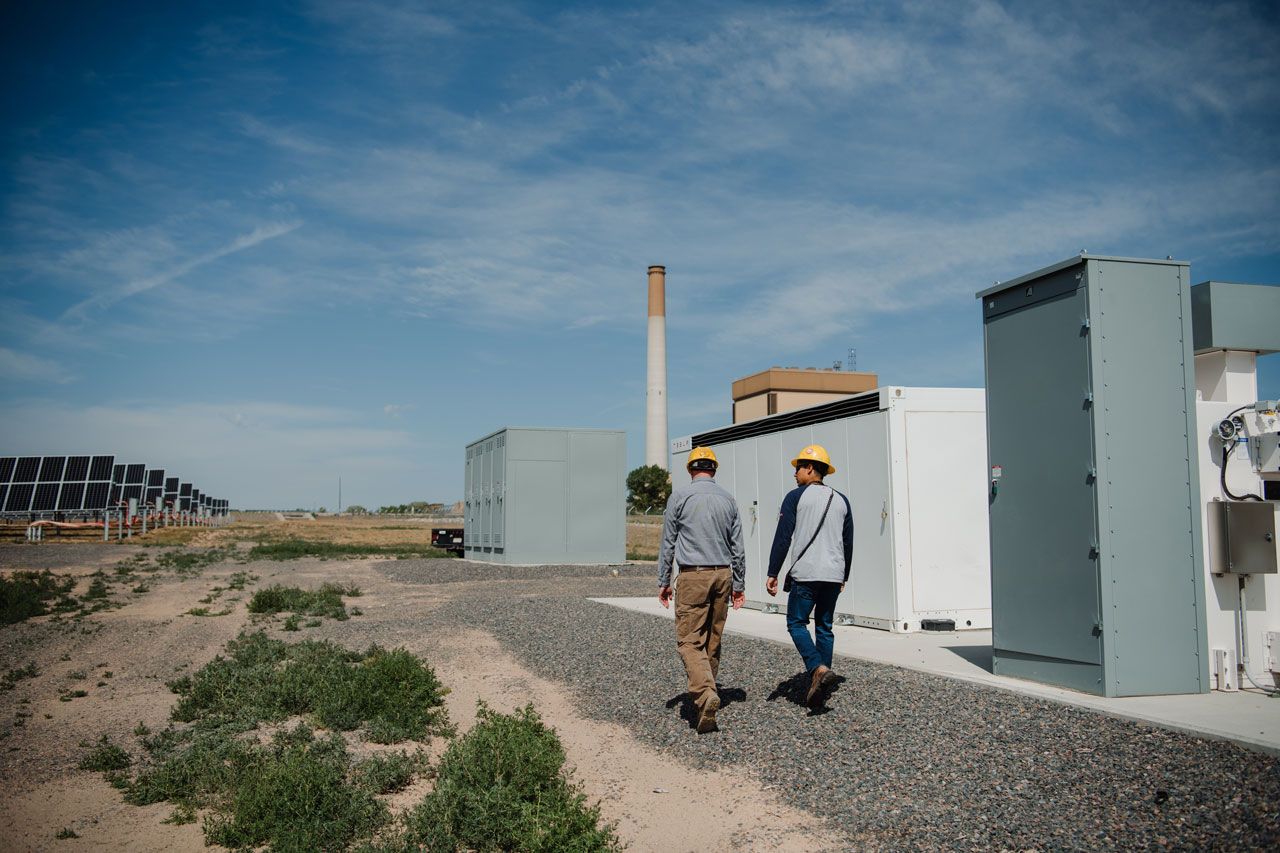Public-minded
These are just some of the pressing questions being posed by researchers at the Colorado School of Public Health. Just four years after opening its doors, the unique three-university collaboration already boasts a student body of 533, 150 faculty members, and $30 million in federal research grants, making it one of the largest producers of academic research in the state and one of the region’s premier schools for doctors and scientists specializing in epidemiology, biostatistics, and occupational, environmental, and preventive health.
“Many of the major improvements in health populations over the years have been a result of public health interventions, rather than one-on-one treatments,” said former Interim Dean Judith Albino, PhD, pointing to the thousands of lives saved through campaigns to promote milk pasteurization in the 1920s, safe sex in the 1980s, and smoking cessation in the 1990s. “Public health is about disease prevention and health promotion, but you also have to have research underlying your interventions in order to know what’s really going to make a difference. That’s what we are about.”
SPONSORED CONTENT
How dispatchable resources enable the clean energy transition
Platte River must prepare for the retirement of 431 megawatts (MW) of dispatchable, coal-fired generation by the end of the decade and address more frequent extreme weather events that can bring dark calms (periods when there is no sun or wind).
The school was founded July 1, 2008, to fill a gaping hole in public health education in the West. Today it remains the only accredited school of public health in the nine-state Rocky Mountain region, and the only public health school in the nation that joins more than one university — the University of Colorado, Colorado State University, and the University of Northern Colorado — under one banner.
Albino said CU’s history of medical research, CSU’s grounding in agriculture and veterinary science, and UNC’s education and community-based programs have enabled the collaborative school to provide training, outreach and research on everything from environmental health to food safety and school wellness.
One of the largest studies under way this year is the National Children’s Study, the most sweeping long-term study ever conducted on environmental and genetic influences on children’s health. The national, federally funded study will follow 100,000 children from birth to age 21 to explore how exposure to different food, chemicals, media, and other factors impacts health. Douglas County is one of 105 participating sites, the only one in Colorado. Dana Dabelea, M.D., PhD, an epidemiologist from the School of Public Health, aided by 15 fellow researchers, will head up the study here, taking umbilical cord blood samples at births, collecting household dust and water from children’s homes, and conducting interviews. Already 150 families have signed up; 1,000 will participate.
“If we can identify early risk factors for things like childhood asthma, diabetes, and ADHD, we can implement prevention programs and save billions of health care dollars,” said Dabelea.
Dabelea is also heading another study, Healthy Start, which will follow 1,500 pregnant women and their children to determine whether diet and exercise habits during pregnancy can influence a child’s risk of becoming obese or developing diabetes.
Already, preliminary results suggest that excess weight and high blood sugar during pregnancy may lead to a higher percentage of body fat in infancy, which could set kids up for problems.
“The recommended levels of physical activity and weight gain for women during pregnancy may have to change,” said Dabelea. “They may need to gain less and exercise more.”
Another study, in collaboration with Garfield County, which has seen an explosion in oil and gas drilling in recent years, is looking at the impact of those projects on air and water quality.
The school also hopes soon to unveil a new Center for Food Safety and Prevention of Foodborne Diseases, which will research food safety issues “from the farm to the plate,” said Marisa Bunning, PhD, an assistant professor in CSU’s department of Food Science and Nutrition.
Bunning said the 2011 listeria outbreak, which killed at least 30 people and sickened more than 140 nationwide, served as an alarm bell that food safety is still a critically important issue, and that collaboration is critical.
“Food safety can be really challenging because it requires so many different kinds of experts, from experts in agricultural production and processing to food microbiologists to epidemiologists to consumer educators,” she said. “This center would be a connecting point.”
Albino notes that student enrollment continues to grow 20 percent annually and the school has big plans for the future.
“In five years I believe we will be considered one of the top five schools of public health in the country,” she said. “We are just getting started.”
These are just some of the pressing questions being posed by researchers at the Colorado School of Public Health. Just four years after opening its doors, the unique three-university collaboration already boasts a student body of 533, 150 faculty members, and $30 million in federal research…
THIS ARTICLE IS FOR SUBSCRIBERS ONLY
Continue reading for less than $3 per week!
Get a month of award-winning local business news, trends and insights
Access award-winning content today!

